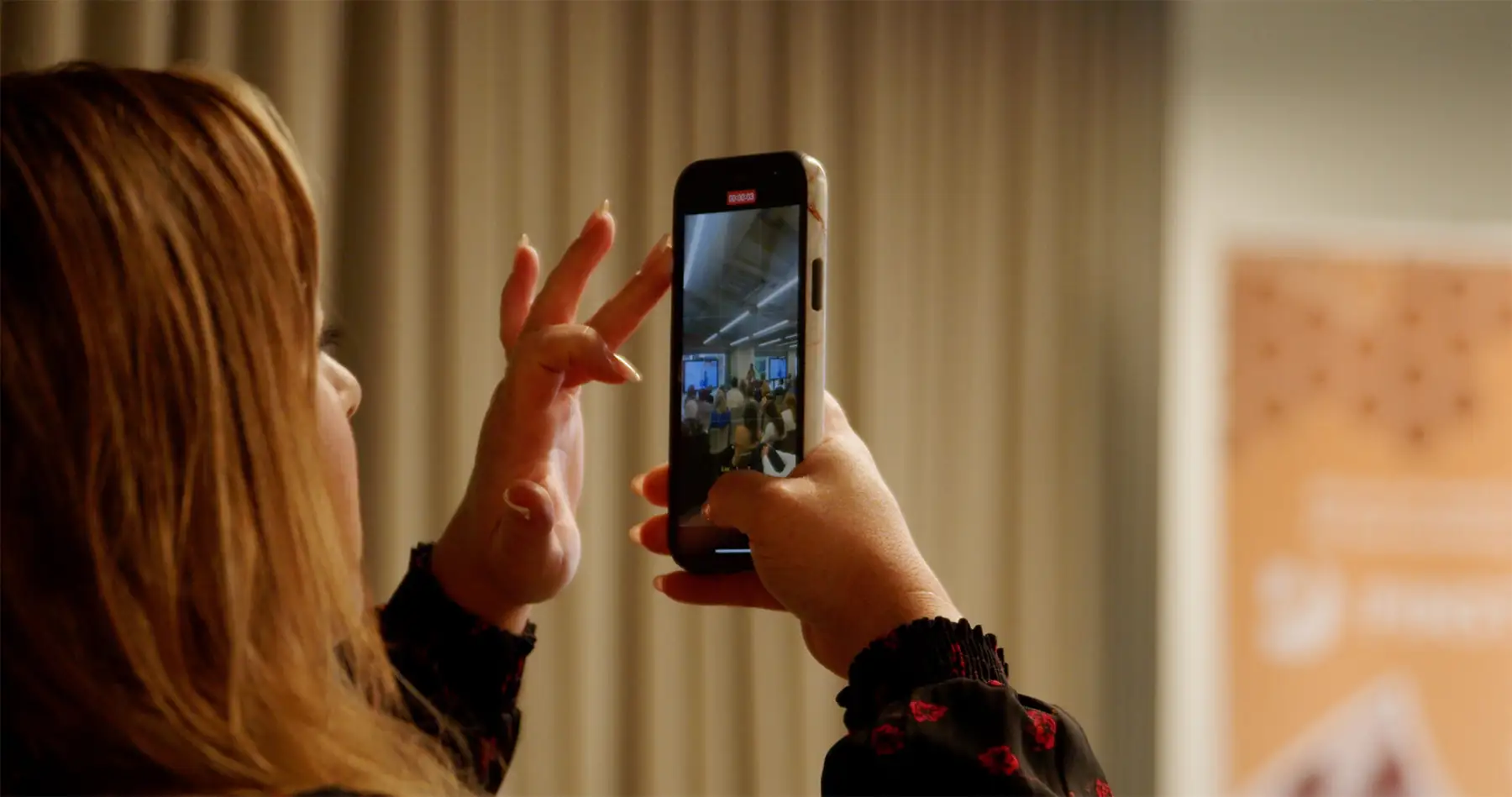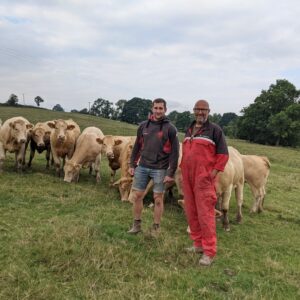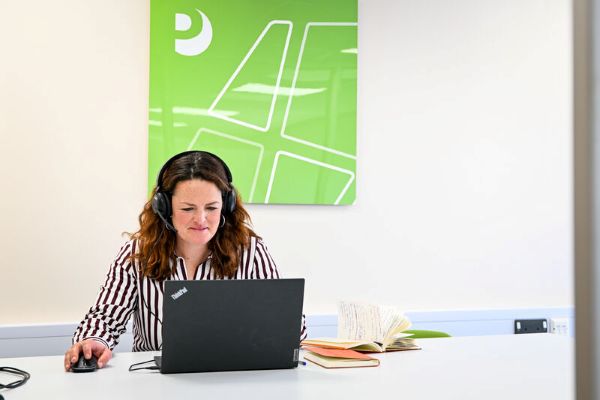
Capturing communications content: nine tips for taking better photos
In today’s digital landscape, visual content plays a vital role in establishing a brand’s identity. Good photography can help tell stories more effectively and engage your target audience.
Whether for use on websites, in the media, marketing materials or social media, these tips will help you capture images that make a lasting impression.
1. Understand the purpose
Before you get started, it’s key to understand the reason for taking the picture in the first place. What communications content are you aiming to showcase? A specific environment or product? Illustrate an activity or event? Capture portraits of the team or provide images to support a case study? Think about how and where the pictures will be used as this will also guide your composition and framing decisions.
2. Plan ahead
Preparation is key. Scout the location beforehand and remember to consider lighting, weather conditions, background elements, and any potential obstacles. This is particularly important when visiting busy working farms or working sites where there’s potentially a lot of ground to cover. If you’re shooting livestock or groups of people, find out exactly where they’re going to be and how you can get your equipment there. Being prepared in advance will save you time and unnecessary stress in the long run.
3. Lighting is everything
Good lighting can make or break a photo. Whenever possible, opt for natural light. For indoor shots, position your subjects near a window or in well-lit area but try to avoid harsh overhead lighting. When outdoors try to miss the midday sun. Early mornings and late afternoons are the ‘golden hour’ as the light is much softer. When photographing people outdoors, position them so the sun is to their side. No one wants ‘squinty eyes’ or ‘shadowy faces’ – also consider using a reflector to bounce light if needed.
4. Pay attention to the details
A busy background can distract from the main subject so try to find an unobtrusive setting. When shooting inside, keep an eye out for stray cables, messy desks, signage and light switches or event rogue branding. When out on location, pay attention to the whole frame, not just the foreground. This is especially true when on site. Animal antics can easily spoil the perfect picture!! Also avoid objects like trees and telegraph poles growing out of people’s heads!
5. Focus on composition
Use the rule of thirds to create a visually pleasing composition. Place key subjects along the intersecting lines for the best results. Keep horizons level and be mindful of leading lines that draw the viewer's eye to the main subject.
6. Capture genuine expressions
You ideally want your subjects to feel relaxed. Having an informal chat will help take their mind off the camera and allow you to capture more candid shots. Don’t be afraid to offer gentle guidance to ensure more natural and confident poses. This obviously doesn’t work when photographing livestock out in the field, so a handy tip is to take a bag of feed to draw them closer.
7. A picture says a thousand words
When shooting in a working environment encourage your subject to carry out a genuine task that will help tell the story. For example, if you’re illustrating an arable case study, ask your farmer to pose amongst the crop or with associated machinery – every farmer loves to see an interesting bit of equipment. The same goes for an indoor setting such as a processing plant, having the commentator in question using relevant machinery or talking to members of their team helps capture the context.

Remember, every photo is an opportunity to tell a story and add value.
8. Utilise depth of field
Experiment with depth of field to add visual interest to your photos, this technique is especially effective for portraits when you can blur the background to add greater emphasis to the subject’s features.
9. Post-processing polish or edit
After capturing your communications content, some additional digital processing can help enhance the final results. Adjustments to colour balance, contrast, and sharpness can all be easily achieved but don’t to overdo it – the finish files should still look natural. Conclusion Taking more professional photos requires a combination of technical skills and tenacity. By implementing these tips – from mastering lighting to thoughtful composition – you can generate better communications content. Twitter Instagram Linkedin
More recent insights

Advertising through storytelling with integrity

Why hire a PR agency when you could employ someone?
